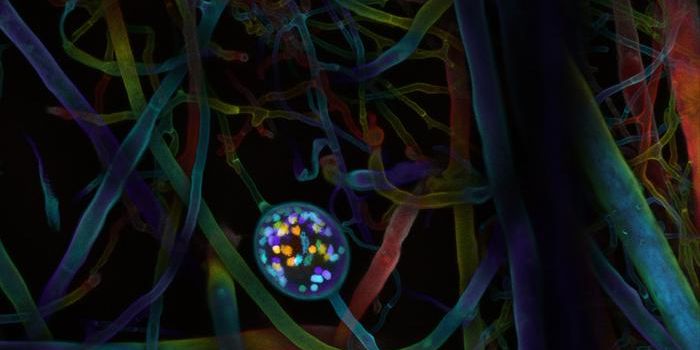It's Jellyfish Eat Jellyfish Out There...
These Aurelia jellyfish roam the void of the ocean in massive groups, an occurrence that doesn’t happen by accident. They ride the currents together, continuously searching for nourishment and often taking full advantage of the plankton blooms that transpire in the late Summer months.
While these jellyfish don’t have brains of any sort, they do have the sensory needed to detect the difference between light and dark. Moreover, they can move independently of the ocean’s current with a bodily movement that replicates a simple form of jet propulsion.
Each pulse of their bodies sends their stinging tentacles outward and then inward, a movement that then traps the surrounding plankton and drags it into their bodies near the mouth.
But even these seemingly unsuspecting predators aren’t at the top of their localized food chain. Occasionally, a massive ‘fried egg’ jellyfish arrives at the scene of the feeding frenzy, and as you might come to expect, their name originates from their rather conspicuous appearance in what could only be described as appearing like the whites and yolk of a fried egg.
The fried egg jellyfish eats the smaller Aurelia jellyfish, using its spear-like tentacles to trap and reel in its prey. Only a few Aurelia jellyfish manage to break free of its grasp, but the majority find themselves being eaten by the larger jellyfish.
As they say, there’s always a bigger fish…
Related: This jellyfish can deliver a sting without touching its prey








